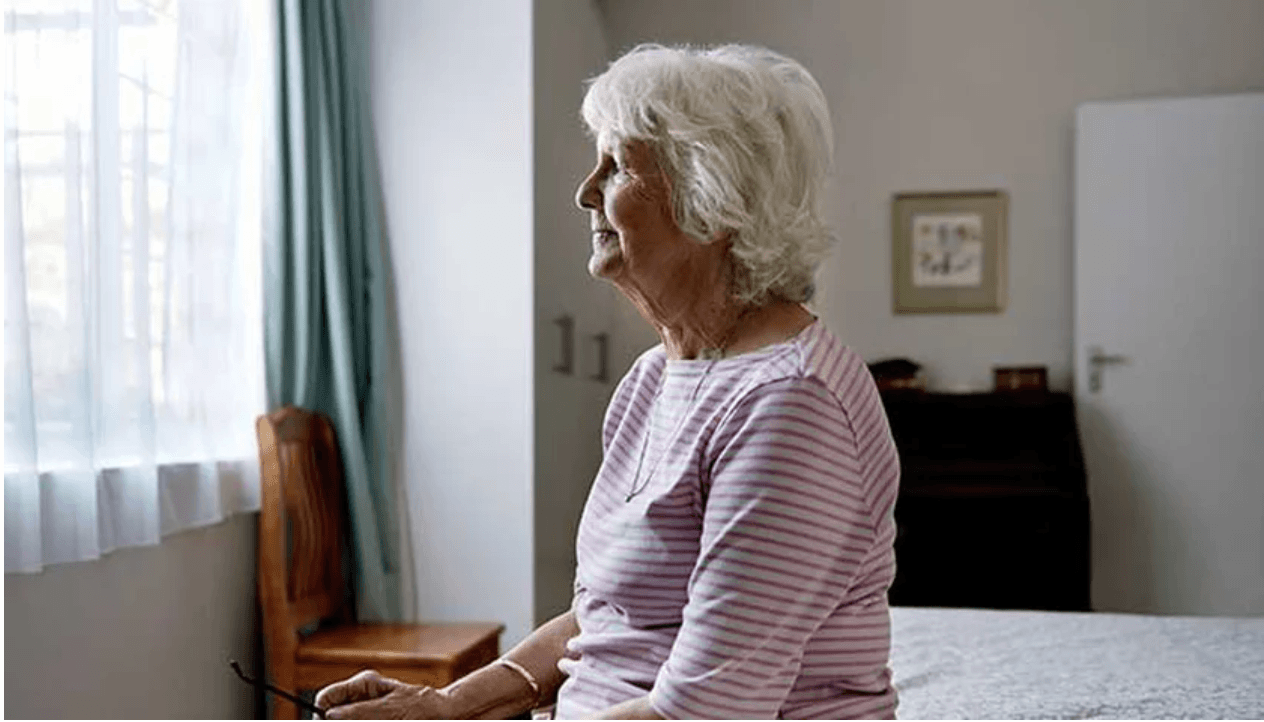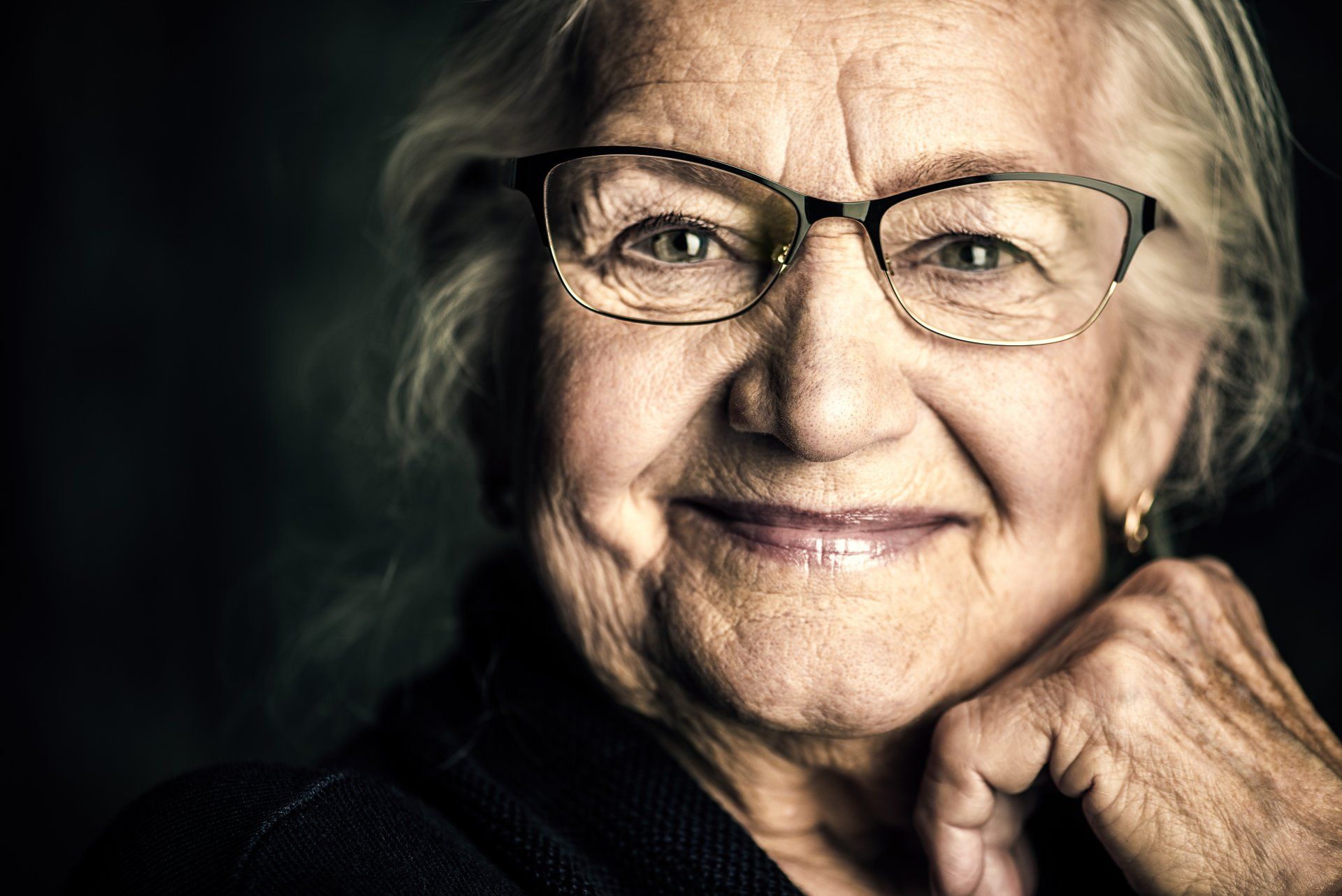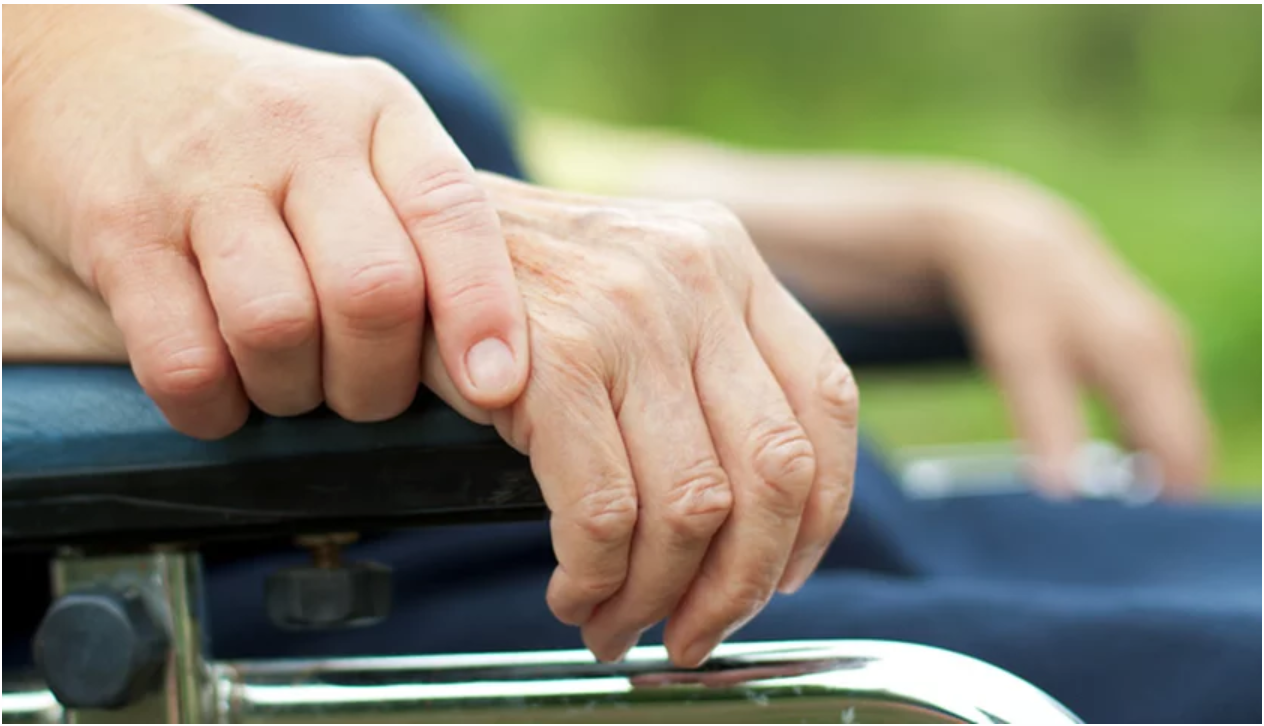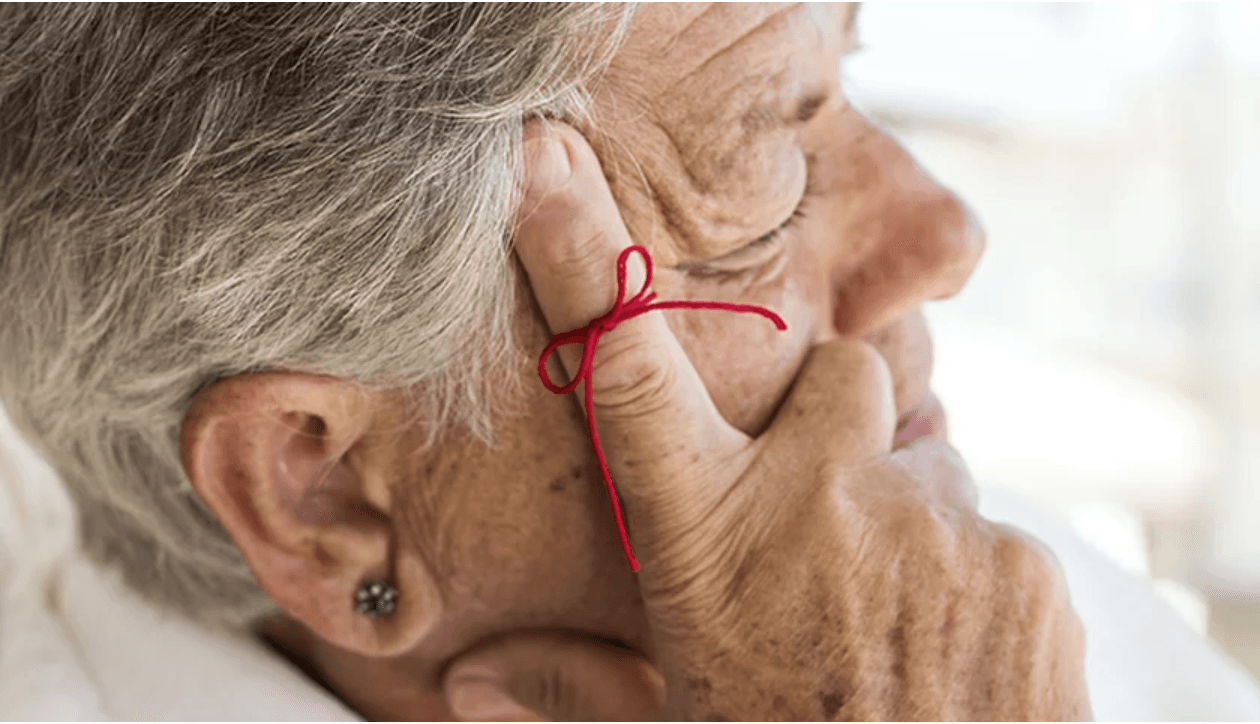
Blog Layout
5 Safe And Simple Balance Exercises For Seniors
Lisa Reisman • Aug 28, 2019
How can we help you today?
Thank you for contacting us.
We will get back to you as soon as possible.
We will get back to you as soon as possible.
Oops, there was an error sending your message.
Please try again later.
Please try again later.
5 Safe And Simple Balance Exercises For Seniors
Many of the elderly deal with a wide range of health concerns, which can create balance issues and cause unsteadiness. To prevent a fall, it’s important that seniors practice regular balance-strengthening exercises.
The beauty of these exercises is how they can be done almost anywhere and anytime. They can be practiced as frequently as is comfortable. All that’s needed is a sturdy chair or wall for support. If your loved one is in her golden years, here is a list of safe exercises for improving balance that she should be practicing:
1. The Warm-up
Before beginning any type of exercise, do a brief five-minute warm-up to increase core body temperature, which will prepare the joints and muscles for further movement.
While standing or seated, keep the back straight and march in place. Remember never to lock the knees. Add large arm circles or pump arms up and down while marching.
2. The Flamingo Stand
This is a single exercise that practices balancing on one foot.
While holding on to a sturdy chair, stand on a single foot for balance, maintaining good posture. Stay in this position for 10 seconds. Repeat on each leg 10 to 15 times. Your loved one may discover that one leg is stronger than the other; don’t worry—this is normal.
3. The Living Room Walk
This is another basic balancing exercise that asks your loved one to walk slowly across any large indoor area.
Walk around the room, gradually turning the head to the right as far as is comfortable. Walk back to the starting point, this time turning the head slowly to the left.
4. Toe The Line
Place the heel of one foot so that it touches the toes of the other foot. Take 15 to 20 steps, touching the heel of the front foot to the toes of the back foot each time. To remain steady, keep eyes focused on a set point in the distance.
5. The Sideways Walk
Standing with feet together and knees bent slightly, slowly step sideways by moving one foot to the side. Then move the other foot to join the first. Do not slump the hips while stepping. Do 10 steps in each direction.
Considerations And Warnings
Always begin by keeping one hand on a sturdy chair or wall. As your loved one progresses, feel free to make modifications.
It’s a good idea to stand nearby, should your loved one feel unsteady or lightheaded at any point.
If your senior loved one is able to walk well, commit to a walking program along with her as this can reduce the likelihood of needing a walker later.
Always check with a doctor before starting any exercise program.
The floor on which your loved one exercises is the best equipment she has. Be sure any floor she is using is clean and free from clutter.
Encourage your loved one to try these exercises by offering to do them with her. With each day, you and your loved one will watch her balance improve while spending time being active together.

14 Aug, 2020
You’ve heard the name many times by now— Coronavirus (or COVID-19) is a disease that’s become so deadly it’s spiraled us into a global pandemic. For those unfamiliar with how it got its name, in COVID-19, 'CO' stands for 'corona,' 'VI' for 'virus,' and 'D' for the disease. According to the CDC, “coronavirus” is actually an umbrella term for a family of viruses that can cause illness in animals or humans.

By Lisa Reisman
•
29 Aug, 2019
No matter what age, we all have moments of confusion. But when your elderly loved one is consistently exhibiting these signs, it might be because s/he is undergoing cognitive impairment. Having difficulty comprehending is a common sign these problems; however, it is often brushed aside as "old age." The person experiencing these difficulties may make excuses: the TV shows today are too complicated, their family members talk too fast, the lights are too dim to read. Ignoring the signs of comprehension difficulties, though, just make life harder for everyone involved. Comprehension and Confusion Comprehension is the opposite of confusion. Comprehension is a complex process in the brain through a system of nerves and chemicals, and it involves language, recognition, and function processes. Cognitive impairment disorders like dementia and Alzheimer's disrupt those complex processes. It can manifest as sudden memory loss, impaired motor coordination, and other more subtle thought processes that we will discuss. When someone has difficulty with comprehension, s/he has trouble putting together the various actions needed to perform a task. For example, your mom might need a cup from the cupboard. In order to do so, she must first decide she wants the cup. Then she might need to get out of her chair, walk across the kitchen, raise her hand, open the cupboard, and take the cup out of the cupboard. If she has difficulty with comprehension, she will have a hard time putting all of these elements to work to achieve her goal, which might result in several different outcomes: she could fall, break the cup, or just forget what she was doing before she reaches the cupboard. She knows what she wants to do but has trouble making all the connections necessary to get there. How Cognitive Impairment Affects Your Loved One Difficulty comprehending is frustrating for your elderly loved one and for you, but the first step toward helping your loved one is understanding what s/he is experiencing. Here are some examples of how someone with dementia or Alzheimer's disease might have trouble comprehending everyday situations. TV/books: Someone with dementia might not be able to follow a basic storyline and could not tell somebody else what is going on in the TV show or book. Social situations: Someone with dementia might see two children playing and interpret that they are fighting or vice versa. The person with dementia may step in and try to resolve the situation without realizing what is actually happening. Conversations: As with the TV/book example, someone with dementia can't follow an everyday conversation . S/he doesn't know who or what is being discussed and especially cannot tell when the subject matter has changed. Time: Someone with trouble comprehending will have difficulty telling time and might not know whether it is day or night. How Cognitive Impairment Affects You Because of these comprehension difficulties, the person experiencing dementia or Alzheimer's disease will rely on the people around him/her to tell him/her what is going on. For instance, your loved one may constantly ask you to repeat yourself. S/he may also have trouble following instructions. These situations can be aggravating for you, particularly if they are new, however it is important to understand that your loved one is not trying to bother you by failing to follow directions or asking you to repeat information over and over. These are symptoms of cognitive impairment , and neither you nor they can control it. If your family member begins to exhibit any of these signs, take him or her to your physician with a description of the comprehension difficulties you've noticed so that s/he has plenty of information for a cognitive function assessment. If the doctor diagnoses dementia or Alzheimer's, ask specific questions about treatment so that you can do your part to serve your loved one despite mild cognitive impairment. It is important to get help for your loved one, and there is no reason for you to care for your loved one alone. Caring for an aging relative requires time, patience, and expert care. Complete Care At Home can help you create a customized plan to meet the unique needs of your loved one with dementia or Alzheimer's disease. Contact us today for an expert assessment.






